
Filter News
Area of Research
News Type
Date
Media Contacts
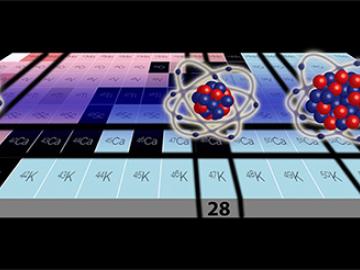
For decades nuclear physicists have tried to learn more about which elements, or their various isotopes, are “magic.” This is not to say that they display supernatural powers. Magic atomic nuclei are composed of “magic” numbers of protons and neutrons—collectively called nucleons—such as 2, 8, 20, and 28.
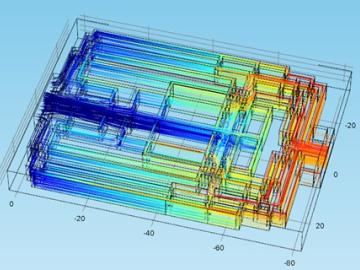
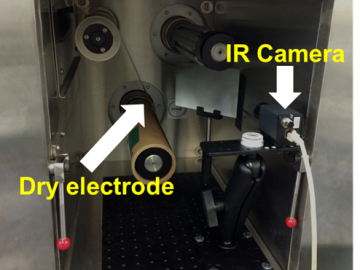
Production run spot checks of materials for lithium-ion batteries and fuel cells could be a thing of the past because of a process developed at Oak Ridge National Laboratory. The infrared/thermal nondestructive evaluation technique invented by a team led by David Wood examines key parameters such as porosity and thickness of the coating in real time without destroying product.
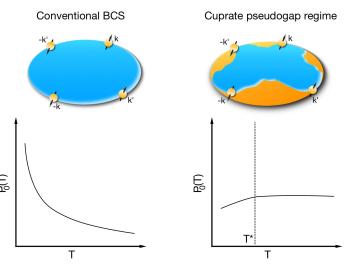
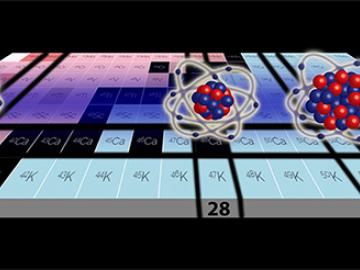


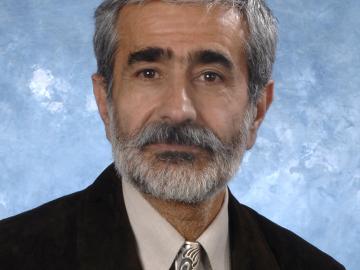
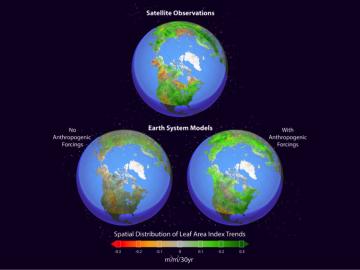
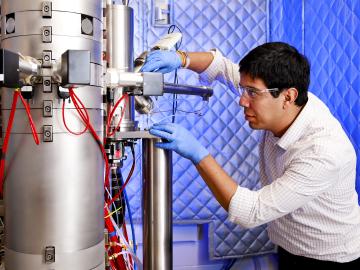
Scientists can now detect magnetic behavior at the atomic level with a new electron microscopy technique developed by a team from the Department of Energy’s Oak Ridge National Laboratory and Uppsala University, Sweden. The researchers took a counterintuitive approach ...


